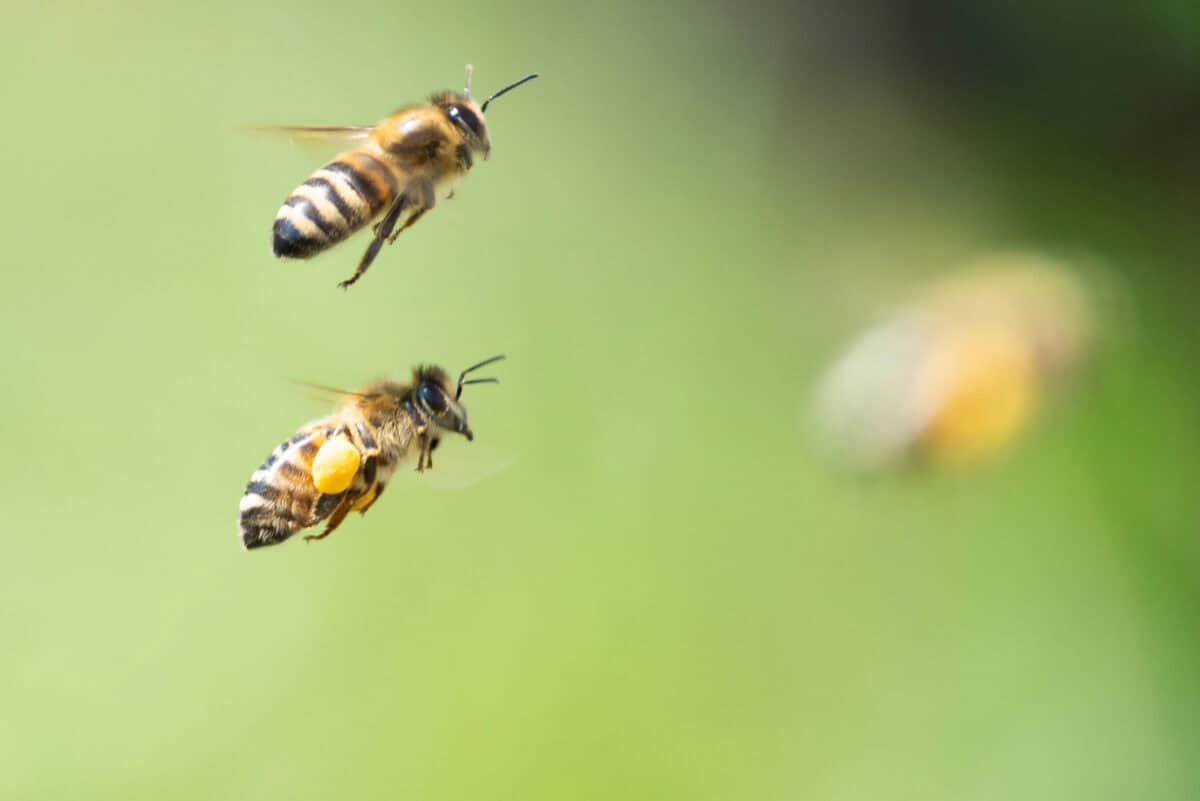Bees are remarkable creatures with an intricate physiology built for flight. Their wings, which beat around 200 times per second, generate the lift required to keep their plump bodies aloft. However, they can only fly when in the embrace of light. In this article, we’ll delve into the extraordinary world of bees, exploring their unique abilities, reliance on light, and the implications of this captivating phenomenon.
Introduction
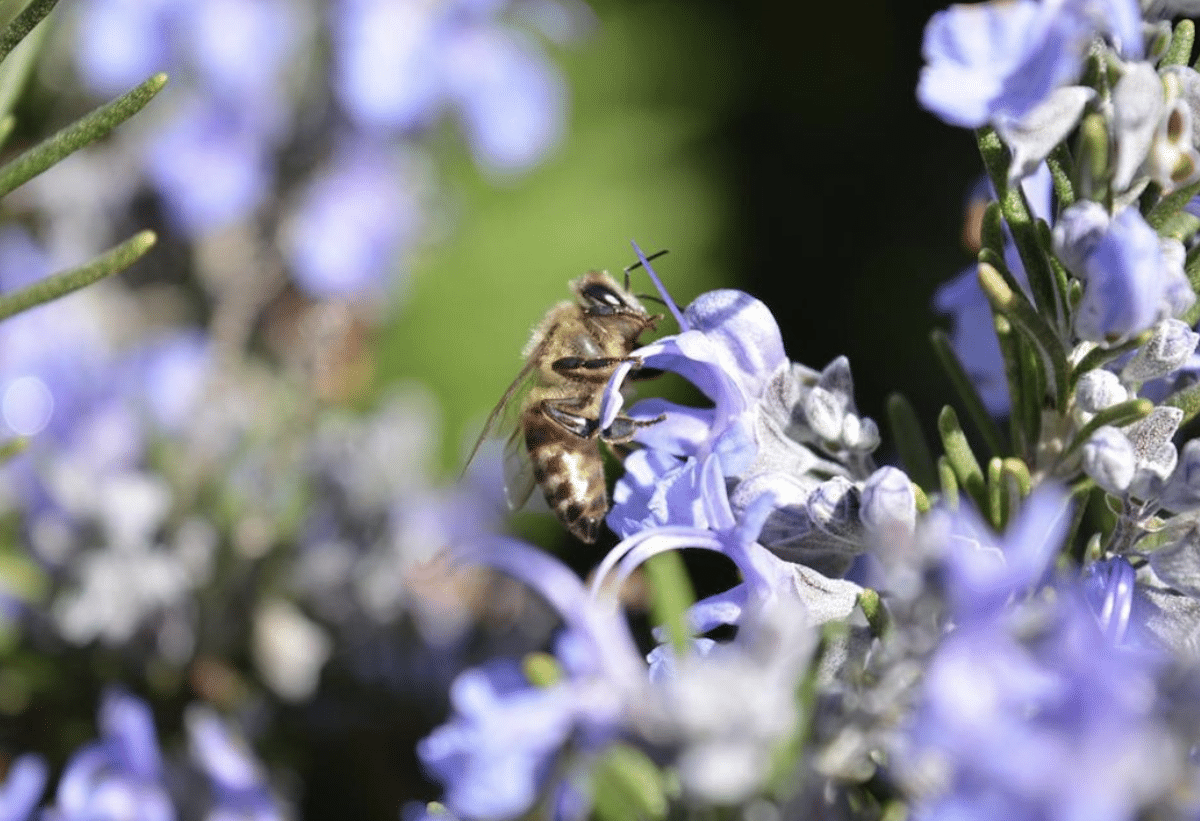
In the daylight, they maneuver through the air with grace and precision, collecting nectar and pollen to sustain their colonies. Their ability to navigate through complex environments and communicate with hive mates is nothing short of astounding.
The Power of Light
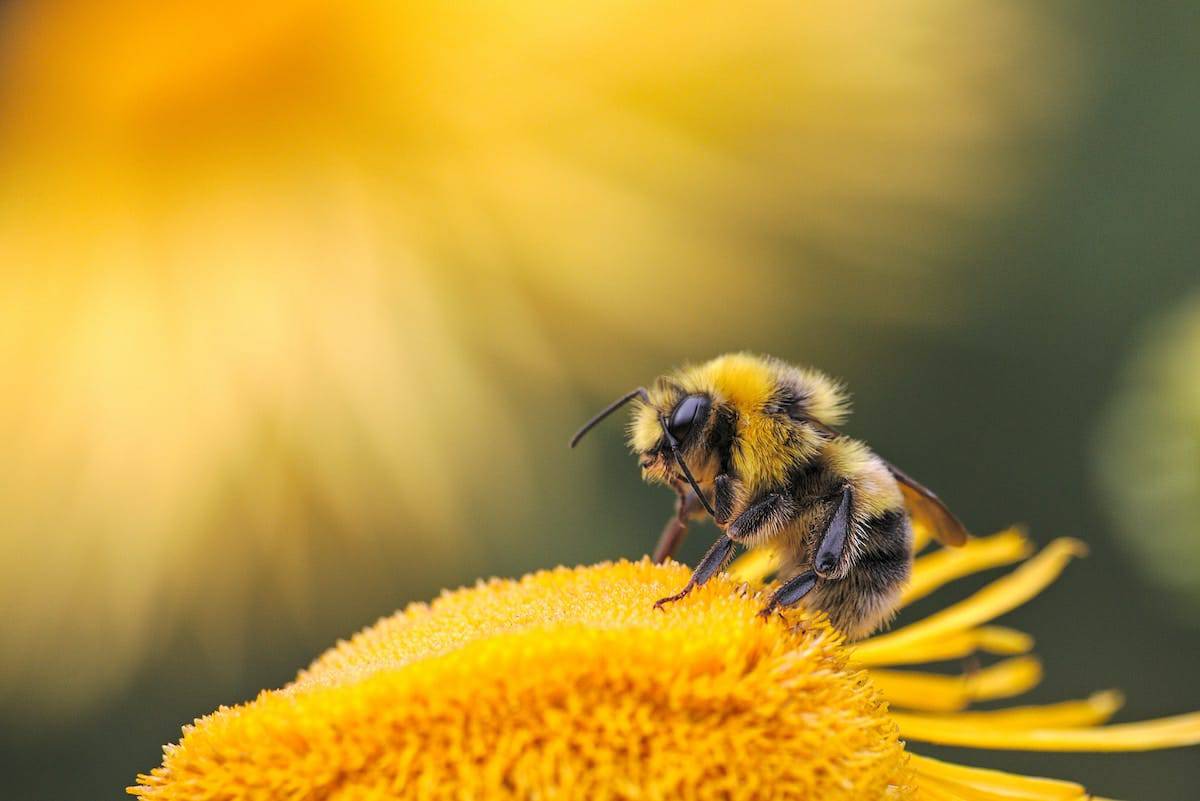
Image by Dmitry Grigoriev via Unsplash
Light is a crucial factor in a bee’s life. These tiny aviators depend heavily on their ability to perceive ultraviolet (UV) light, which is invisible to the human eye. Flowers, the primary source of nectar and pollen, have distinct UV patterns that guide bees to their valuable resources. Bees also use polarized light to determine the direction and distance of their flights. This reliance on light is vital for their foraging missions and hive orientation.
The Dark Challenge

Like many insects, Bees lack the necessary visual cues to navigate without light. Their UV and polarized light receptors become ineffective, rendering them disoriented and unable to maintain flight. This intriguing phenomenon is not a sign of weakness but a unique adaptation to their ecological niche.
Survival Strategies of Bees in Darkness
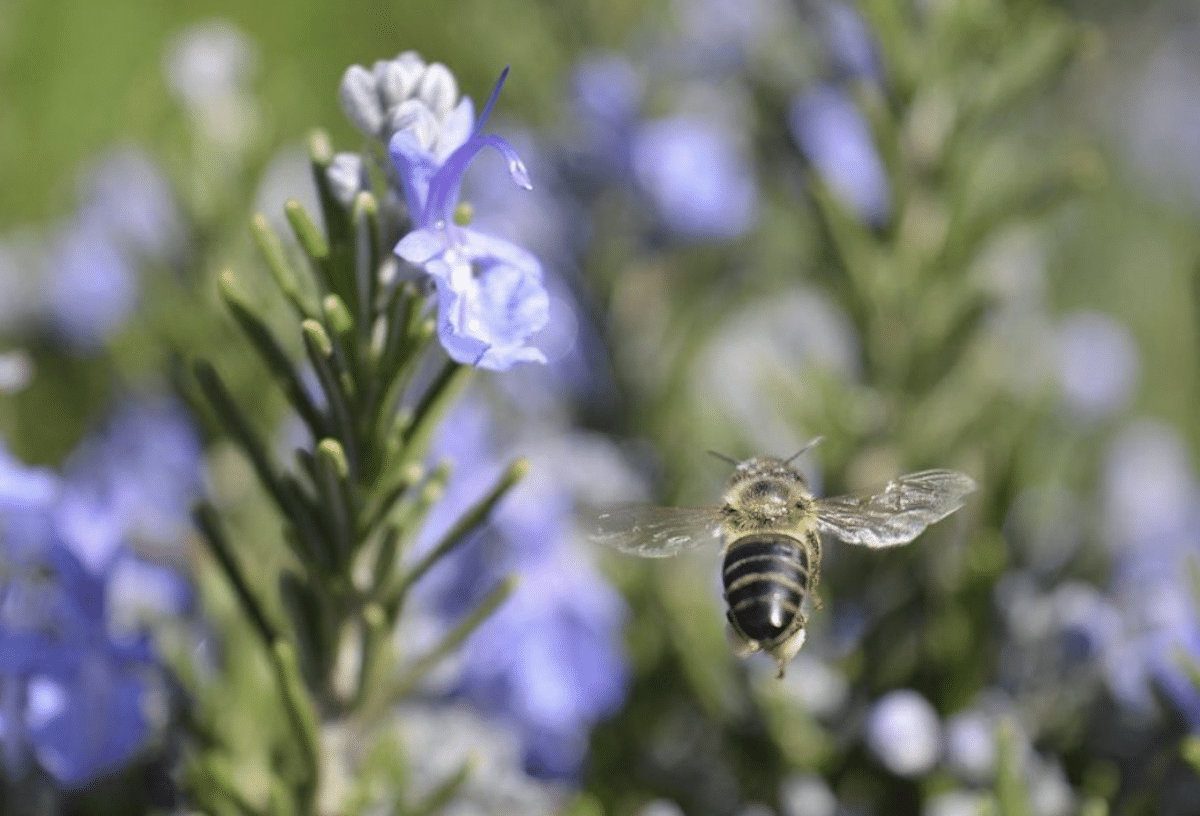
When bees find themselves in the dark, they employ various strategies to cope with their predicament. One such strategy is landing promptly on a surface to avoid injury. This instinctual behavior prevents them from crashing into obstacles or each other. Bees also conserve energy by ceasing their wing movement, falling into temporary paralysis. This helps them conserve energy until they can return to the light.
Implications for Bee Conservation
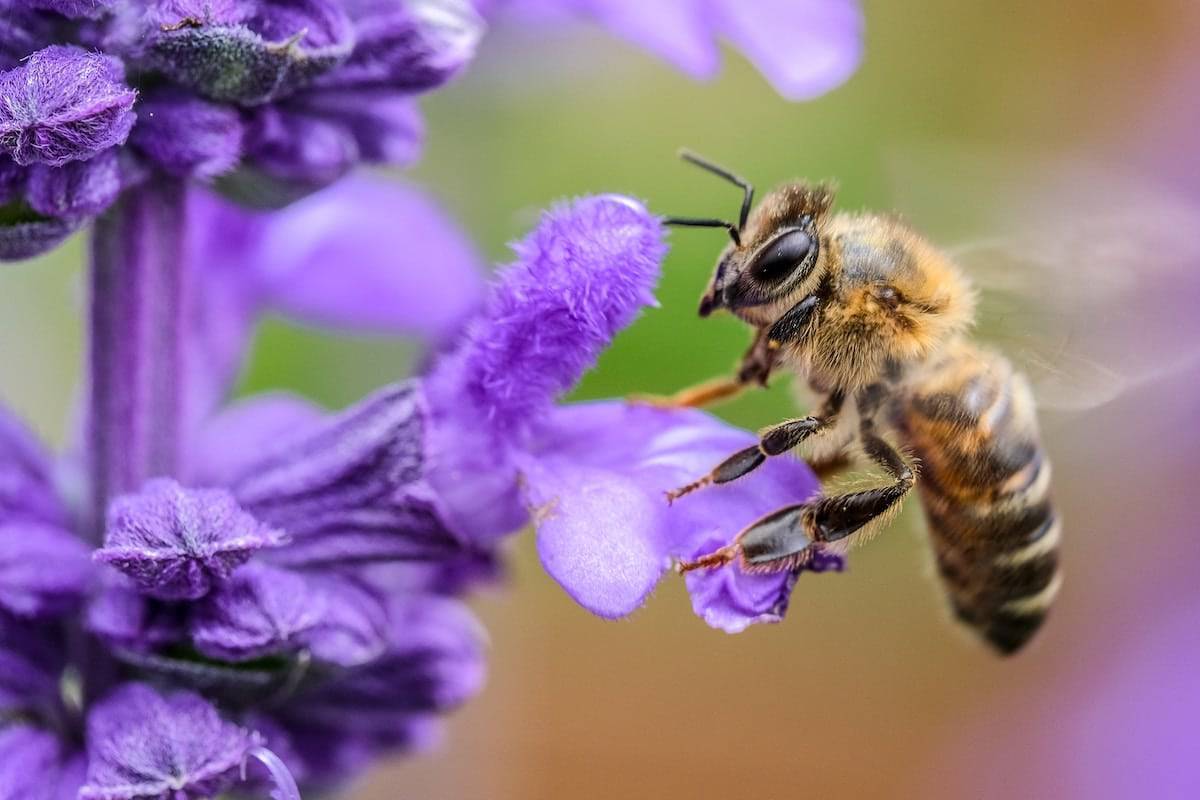
Understanding bees’ reliance on light has critical implications for their conservation. Artificial light pollution, such as streetlights and illuminated buildings, can disrupt their natural behaviors.
Bees may become disoriented, fly erratically, or collide with objects, increasing their risk of injury or death. Moreover, light pollution can affect their foraging patterns, potentially reducing their ability to collect nectar and pollen for their colonies. As bees are vital pollinators for many crops, their decline would have far-reaching consequences for agriculture and ecosystems.
The Human Connection
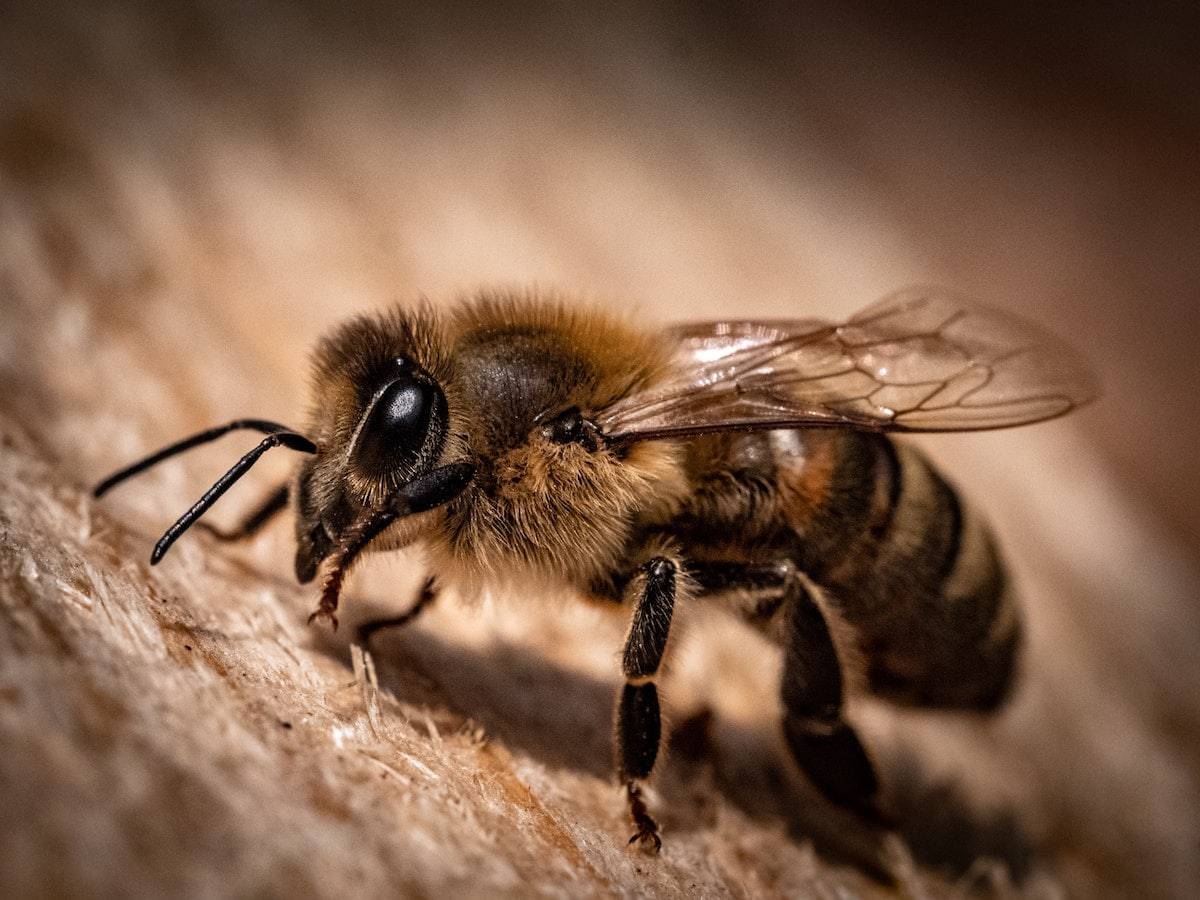
As caretakers of the environment, it is our responsibility to mitigate the impact of artificial light on bees. Simple measures, such as installing motion-activated lights and using shielded fixtures, can help reduce light pollution in our surroundings. By adopting bee-friendly lighting practices, we can create safer environments for these essential pollinators to thrive.
Conclusion

The mesmerizing video of bees gracefully taking flight only to plummet when the lights go out offers us a glimpse into the extraordinary world of these remarkable insects. Their dependence on light for navigation and their ingenious strategies for coping in the dark highlight the intricate balance of nature. I hope you learned something new today and enjoyed reading about the limitations of bees.
- 21 Animals That Call Sequoia National Park Home - June 21, 2025
- 21 Animals That Call Arches National Park Home - June 21, 2025
- Invasive Ant with Potent Sting Advances Across the U.S. - June 20, 2025

